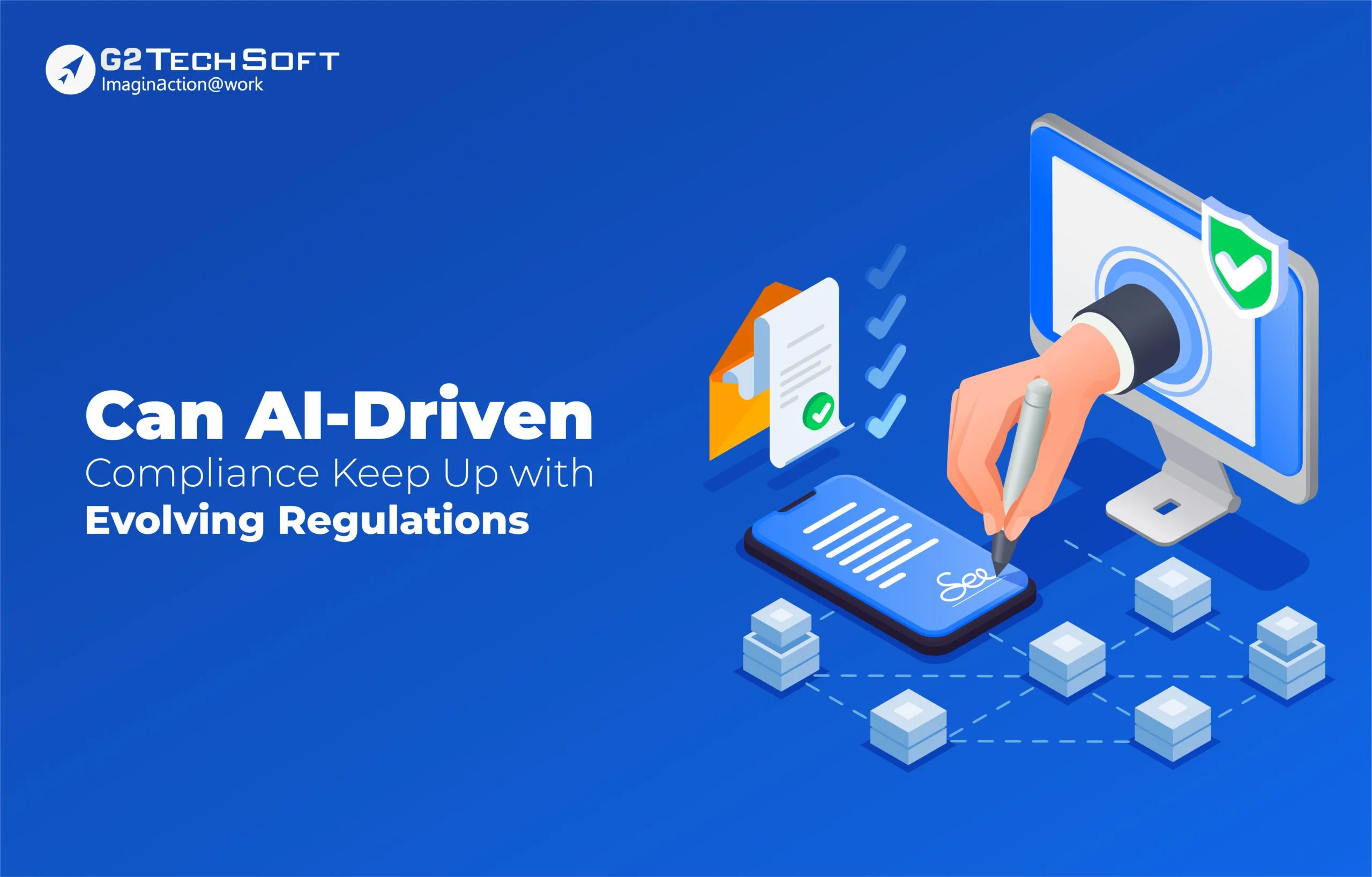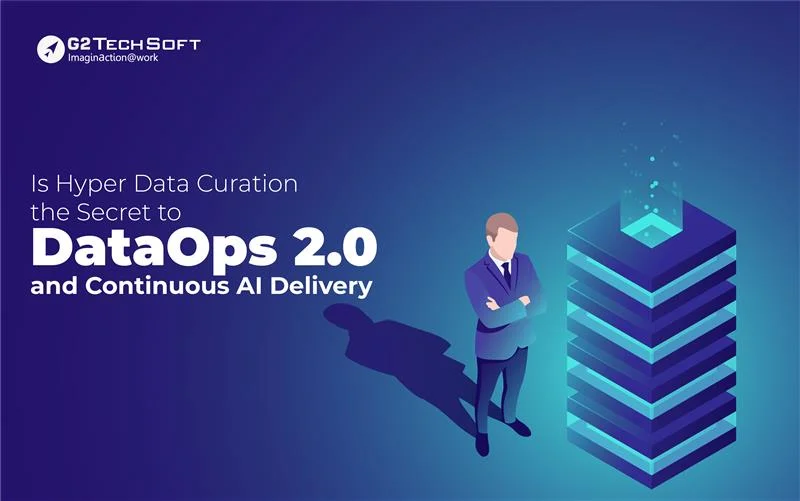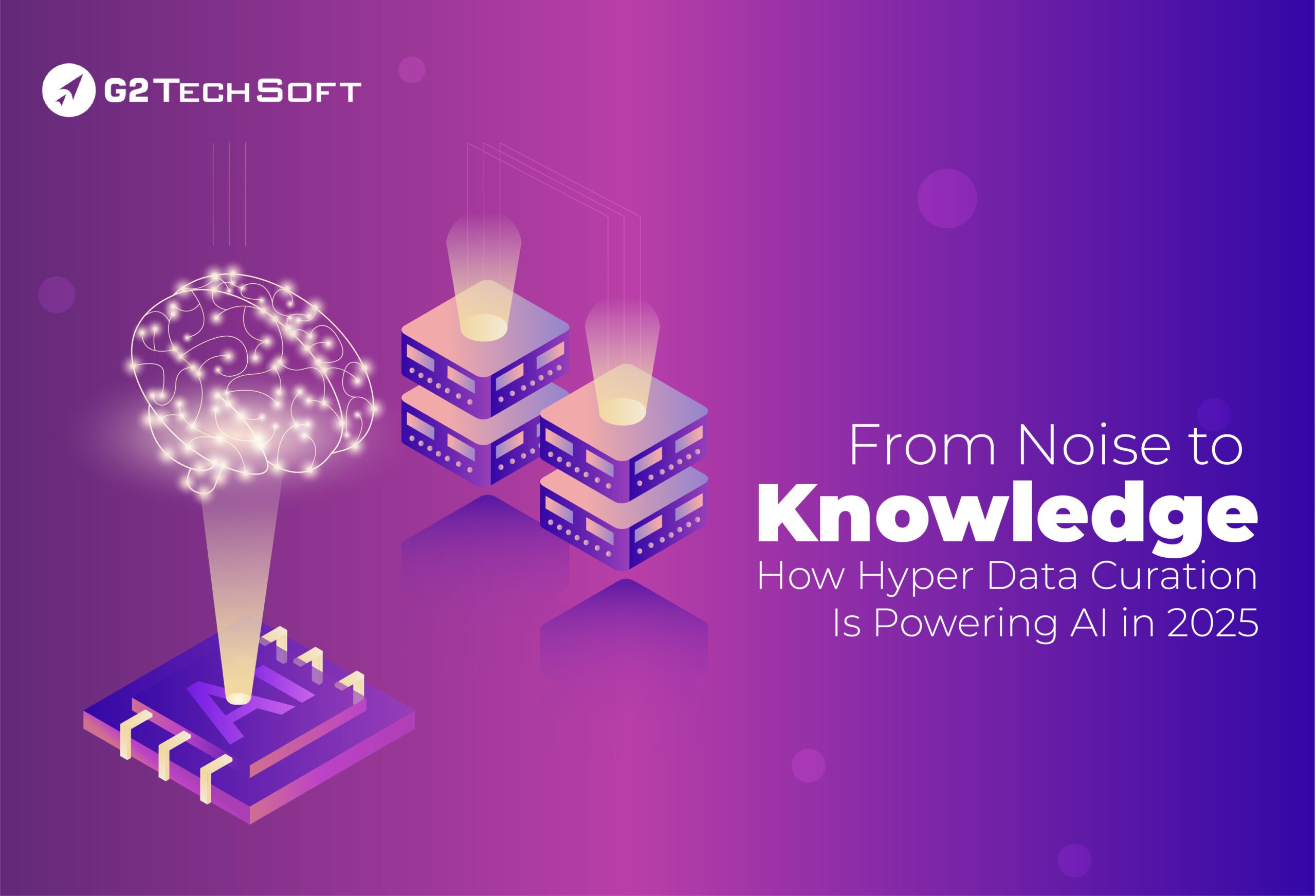
Can AI-Driven Compliance Keep Up With Evolving Regulations?
Introduction
In 2025, global regulations seem to be shifting faster than ever. A single quarter can see dozens of updates to privacy laws, cybersecurity rules, and sector-specific mandates like GDPR, HIPAA, and PCI DSS.
For modern businesses, this pace of change is not just a headache—it is a high-risk compliance crisis. Falling behind can mean steep fines, reputational damage, or even losing market access. Enter AI-powered compliance.
As organizations struggle to keep up with a flood of new and amended regulations, AI is stepping in to automate monitoring, interpretation, and enforcement. From flagging risky behavior in real time to parsing regulatory language with NLP, AI-driven tools promise to make compliance not only manageable but also scalable and smarter.
But here’s the big question: can AI truly keep up with constantly changing legal and data protection standards? Or is it just a temporary fix in an increasingly complex landscape?
This article explores that question head-on. We’ll break down how AI in compliance management works, what it does well, where it struggles, and whether it’s a sustainable solution for the regulatory challenges of 2025 and beyond.
The Growing Challenge Of Regulatory Change
The modern regulatory landscape is a complex, fast-shifting terrain. From GDPR in Europe to HIPAA, SOX, and PCI DSS in North America, governments and regulatory bodies are increasingly responsive to emerging threats, especially around data privacy and cybersecurity. These changes are frequent, nuanced, and growing in scope.
For instance, the California Privacy Rights Act (CPRA) expanded upon CCPA, reshaping how organizations collect, store, and process personal data. Meanwhile, cross-border data regulations and localization mandates add layers of compliance complexity for global enterprises. Businesses must now not only track new regulations but also adapt in real time, a task that is nearly impossible with manual processes alone.
Industries bearing the brunt of these shifts include:
- Healthcare, where patient data sensitivity is paramount and HIPAA violations can lead to multi-million-dollar fines.
- Finance, where regulations like KYC (Know Your Customer), AML (Anti-Money Laundering), and Basel III evolve regularly.
- E-commerce and SaaS, where global customer bases mean navigating a patchwork of regional and international data protection laws.
In this environment, compliance is not just a legal checkbox anymore; it is a dynamic, high-stakes operational requirement.
How Is AI Transforming Compliance?
AI is not just supporting compliance—it’s almost reshaping it. The introduction of AI-powered compliance tools brings automation, scale, and intelligence to areas that were traditionally slow, manual, and error-prone.
Natural Language Processing (NLP)
With regulations written in legalese and subject to interpretation, NLP helps bridge the gap between complex legal texts and executable actions. AI models parse documents like GDPR or HIPAA, extract obligations, identify key entities, and categorize them for internal mapping. For instance, NLP can automatically flag clauses requiring data breach notifications and link them to an organization’s current protocol.
Machine Learning For Risk And Compliance
Machine learning (ML) adds predictive capabilities to compliance. By analyzing historical incidents, transaction logs, and user behavior, ML models can detect anomalies, such as unusual login attempts or data transfers, before they escalate. Over time, these models learn from evolving risks, making them invaluable for real-time compliance monitoring in high-risk sectors like finance.
Robotic Process Automation (RPA)
While not “intelligent” in itself, RPA pairs effectively with AI to handle repetitive tasks like populating audit logs, generating compliance reports, or updating risk assessments. Combined with ML, RPA can auto-trigger workflows when non-compliant behavior is detected, such as locking down user access or flagging a suspicious transaction.
Together, these technologies form a robust foundation for automated regulatory compliance.
5 Key Challenges Facing AI-Driven Compliance
Despite its promise, AI-driven compliance solutions face several significant hurdles:
1. Regulatory Ambiguity
Laws are not always clear-cut. Regulations often use terms like “reasonable measures” or “appropriate safeguards,” leaving room for interpretation. AI systems, however, operate best with specific, structured input. Training them to understand a nuanced legal context remains a technical and legal challenge.
2. Model Transparency
One of the biggest compliance challenges in AI is the so-called “black box” problem. If an AI system flags a customer as high risk, stakeholders need to know why. Explainable AI (XAI) is crucial here—regulators and internal compliance officers must be able to audit the decision-making logic of these systems.
3. Data Quality
AI remains as good as the data it is trained on, just like any other system. If datasets are incomplete, biased, or outdated, compliance models can generate false positives—or worse, overlook critical issues. Ensuring data integrity is foundational to effective compliance AI.
4. Bias And Ethics
Bias in automated systems can lead to discriminatory outcomes, particularly in areas like credit scoring, hiring, or fraud detection. Governance and AI ethics are not just a nice-to-have—they are a regulatory necessity. Ensuring fairness, transparency, and accountability in AI is an ongoing priority.
5. Regulating The Regulators
Interestingly, regulators are now examining AI models themselves. The EU’s AI Act, for example, classifies compliance tools as “high-risk” applications. This means businesses must now ensure their AI tools comply with AI-powered regulatory tracking standards, adding yet another layer to the compliance stack.
Real-World Use Cases
Financial Services
Banks and fintech firms now use AI in compliance management to flag suspicious transactions in milliseconds. These tools replace outdated rule-based systems with adaptive models that can detect new fraud patterns without being explicitly programmed.
Healthcare
Hospitals and digital health platforms use AI to track patient data usage, ensuring it aligns with HIPAA guidelines. For example, if a nurse accesses patient files outside her assigned shift, AI can detect and alert compliance teams in real time.
Case Study
A global technology provider faced increasing complexity in maintaining audit trails across its 50+ international markets. By integrating compliance automation tools powered by AI, the company reduced audit preparation time by 70% and improved regulatory readiness across jurisdictions.
These examples underscore how AI-powered compliance tools are already making an impact, but also highlight the necessity of strategic deployment.
Can AI Keep Up? The Verdict
Where AI Excels?
AI thrives in high-volume, pattern-rich environments. It can analyze thousands of regulations, cross-reference them with internal policies, and alert teams to conflicts—all within seconds. It’s a powerful tool for early detection, automated workflows, and ongoing monitoring.
Where Is Human Oversight Critical?
Yet, AI cannot interpret grey areas in the law. It doesn’t understand corporate culture, nor can it make judgment calls on ethical dilemmas. Human oversight remains essential in validating AI outputs, making contextual decisions, and adapting models to unique business nuances.
The Hybrid Model
The future of compliance lies in a hybrid model: AI as a digital transformation solution, augmenting human expertise. Legal teams define guardrails, compliance professionals fine-tune risk profiles, and AI does the heavy lifting—at speed and scale.
Preparing For AI-Powered Compliance
To fully benefit from AI while minimizing risk, organizations must adopt strategic best practices.
Best Practices For AI Governance
Establish clear frameworks for AI oversight. This includes:
- Regular audits of AI decisions
- Clear accountability for outcomes
- Regular re-training of models with new data
Embedding governance and AI ethics into the compliance lifecycle is no longer optional—it’s table stakes.
Compliance Automation Tools
Leading the way in AI-powered compliance solutions are ComplyAdvantage, Certa, and Smarsh, which combine automation, ML, and natural language processing into user-friendly interfaces for compliance professionals.
These tools can track regulation changes, automate policy updates, and offer real-time dashboards for risk insights.
Cross-Functional Collaboration
AI compliance isn’t just an IT problem or a legal issue; it’s a company-wide initiative. IT teams ensure infrastructure and security, legal teams interpret regulations, and compliance officers implement policies. Without alignment across departments, AI tools can become expensive, misaligned silos.
Conclusion
AI is reshaping the compliance landscape with unmatched speed, intelligence, and scale. But it’s not a silver bullet. The most successful organizations will use AI-driven compliance solutions as part of a broader strategy—one that includes ethical oversight, cross-functional governance, and continuous improvement.
The global companies must ask, Are we ready for this shift? With its specialized regulatory technology (RegTech) implementation and customized compliance frameworks, G2Techsoft can assist in closing the gap.
In the race to stay ahead of regulations, those who combine automation with human insight will lead the pack.



